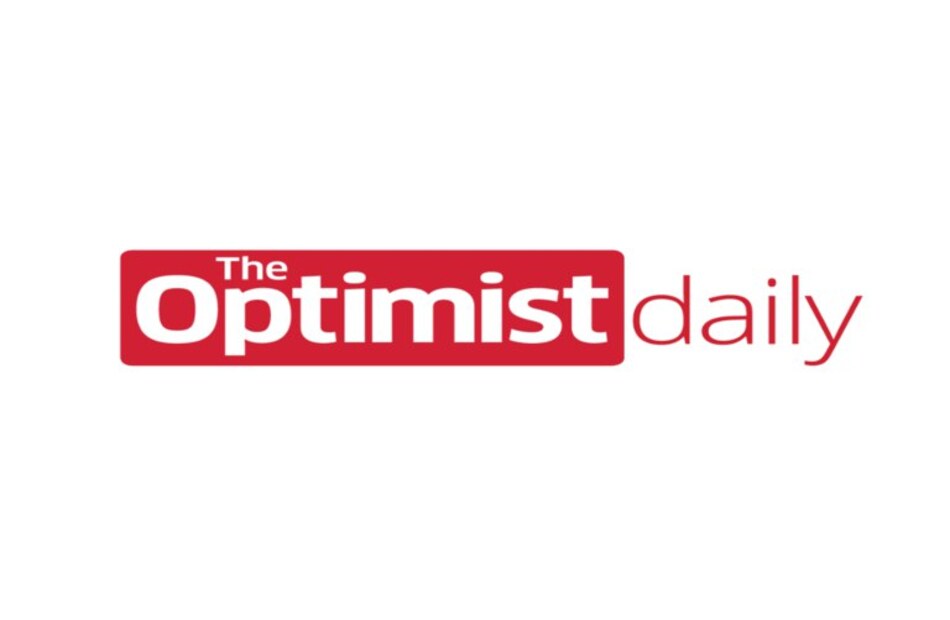During Thanksgiving, we shared how you can still safely give back during the pandemic, but when it comes to choosing which organization to support, it’s not always so simple. Today we share a guide on choosing a nonprofit (or multiple!) to support this holiday season.
- Think about the work you want to support. What causes are most important to you? Where do you see the most need in your community? Health, food, and housing are often the first things to come to mind, especially during a period of crisis, but there are many other areas in need of a helping hand this holiday season. For example, legal services charities have been flooded with will preparation and housing rights cases.
- Think about what moves you. Think about what you are most grateful for in your life and how you can make an impact by providing it for someone else. The best cause to donate to is one you are personally passionate about.
- Note the size of the charity. Decide if you want to go with a well-established larger charity一national or perhaps even international一or a smaller local organization. If you want some ideas, check out The Catalogue for Philanthropy. It highlights Washington D.C. based charities ranging in size in 16 different philanthropy categories.
- Trust the charity’s judgement. If you’re making a donation, it’s best for charities to make it no strings attached. Choose an organization that you trust will use your donation in the most effective way they see fit.
- Decide how much to give. Once you outline a budget for your donation and narrow down your options, decide whether you want to make a single donation or split up your funds. The good news is you don’t have to choose just one!
‘Tis the season of giving and this year many charities and nonprofits are facing more demand than ever for their services. If you’re looking to give back, we hope this guide helps you.
We will leave you with the words of Barbara Harman, the founder and chair of the Catalogue for Philanthropy. She told The Washington Post, “Meaningful charitable giving is really going to emerge from what you care most about. For me, it’s that dialogue between perceived community needs and where my own interest and knowledge interact with that.”











